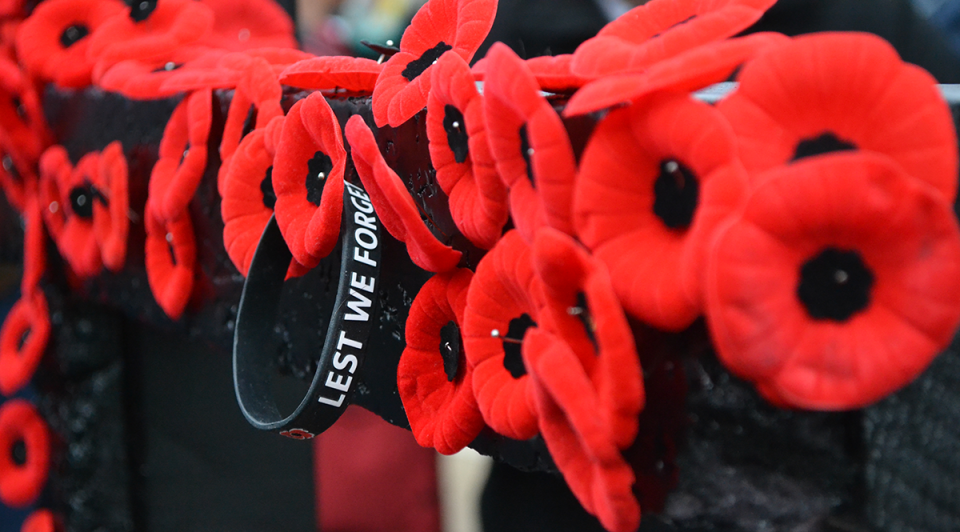
As Remembrance Day draws near, the red poppies bloom on lapels and coat collars across eastern Nova Scotia, signaling more than just the approach of Nov. 11.
In communities like the ones we serve across the Strait Area, this day of remembrance reverberates with a unique solemnity and pride. It reminds us of the generations who left our shores, sacrificed their futures, and preserved our freedoms in conflicts half a world away.
It’s more than just history – it’s personal.
Eastern Nova Scotia has a rich legacy of service. Names like Antigonish, Port Hawkesbury and Inverness are etched not only on our maps but also in the annals of Canadian military history. These small communities have contributed disproportionately to our nation’s armed forces, sending sons and daughters into the unknown, trusting them to defend values that we hold close to our hearts: freedom, courage, and resilience.
Each Nov. 11, we remember their sacrifice and renew our commitment to preserving their legacy.
Remembrance Day, particularly in towns like Havre Boucher, Isle Madame, and Port Hood, is not just about wearing a poppy – it’s about gathering in collective reflection.
It’s the veterans who march, their once-crisp uniforms now slightly worn but their faces still proud. It’s the local cadets who stand at attention, their young faces trying to comprehend the weight of their roles. It’s the church bells, the solemn trumpets, and the quiet, shared moment when an entire town pauses to listen to the haunting notes of “The Last Post.”
In these gatherings, we find a powerful sense of unity and reverence that only Remembrance Day brings.
Across the Strait Area, veterans and community members walk the same streets that soldiers once marched down as they left for battle, some for the last time; families gather to remember relatives who served at sea, facing fierce Atlantic waves and enemy forces with unbreakable determination.
These commemorations are deeply intertwined with the fabric of who we are.
Yet, the act of remembrance must be more than a yearly tradition. As the years pass, our connection to those who fought and fell can feel more distant.
The firsthand stories of bravery and hardship risk fading with each passing generation. It becomes our duty not only to remember these stories but to actively seek them out, preserve them, and pass them on. Our local schools, historical societies, and museums play an indispensable role, ensuring that young people understand that Remembrance Day is not just a day off – it’s a day to pause and reflect, to honor and to understand.
In a world that often feels fractured, Remembrance Day offers us a powerful reminder of what unity and sacrifice look like. The lessons are clear: we are at our strongest when we stand together, respecting our differences and honoring our shared history.
This is a time to reach out to our veterans, many of whom carry the visible and invisible scars of service and let them know that they are not forgotten. It’s also a chance to remind ourselves that the freedoms we enjoy are not rights we should take lightly – they were earned through unfathomable hardship and loss.
So, this Nov. 11, let us each find our way to honor the fallen and the living. Whether we stand in silent vigil, attend a ceremony, or teach a young child about the significance of the poppy, let’s take an active part in ensuring that the legacy of those who served endures in the hearts and minds of our community.
In eastern Nova Scotia and western Cape Breton Island, we are bound by the stories of service and sacrifice, and it is up to us to keep those stories alive.
As we come together this Remembrance Day, we remember not only the heroes of the past but also the values that unite us. In this shared act of memory, we find hope for a more peaceful future and reaffirm our commitment to honoring those who gave their all so that we may live free.


